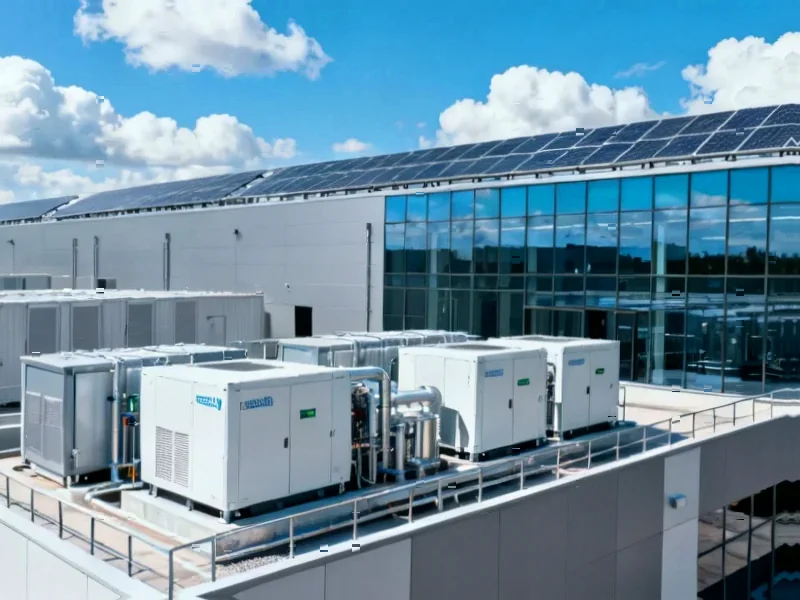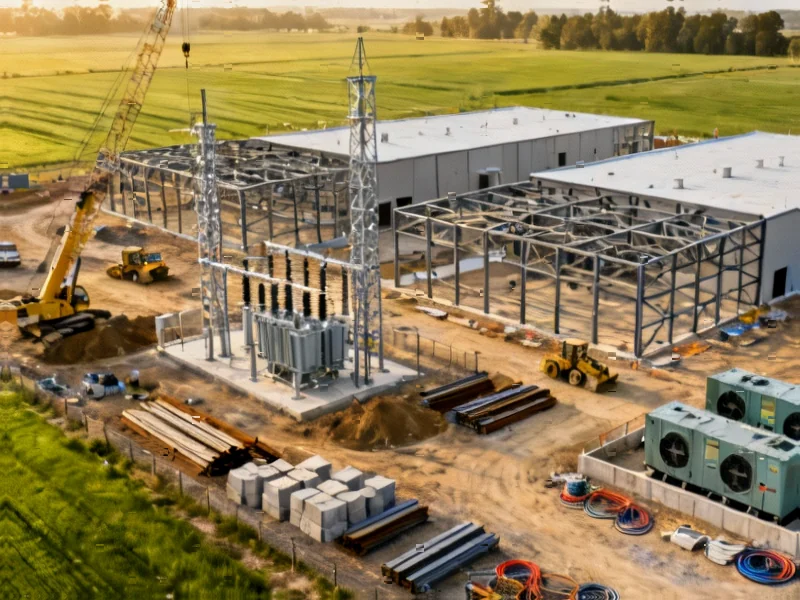According to DCD, a new district heating network in Milton Keynes, UK, will reuse waste heat from data centers to warm buildings including Milton Keynes University Hospital. The £95 million ($124.7m) Milton Keynes Energy Network received planning permission and will begin construction next year, with operations starting by 2027. The network, operated by 1Energy, is expected to generate 100GWh of heat annually—enough for 20,000 homes—and received £17.6 million ($23.1m) from the government’s Green Heat Network Fund. The hospital plans to connect to the network as part of its net zero emissions target by 2030, with the hospital’s director of estates noting the partnership will “cut carbon emissions significantly while ensuring our heating infrastructure is resilient and future-ready.” This innovative approach signals a major shift in how the UK manages energy infrastructure.
The Economics of Waste Heat Recovery
This project represents a fundamental rethinking of data center economics. Traditionally, data centers have treated waste heat as a costly byproduct requiring expensive cooling systems to dissipate. By monetizing this thermal energy, operators can potentially offset significant operational costs while creating new revenue streams. The 100GWh annual output mentioned in the BBC report translates to substantial energy value that would otherwise be wasted, creating a compelling business case for similar projects nationwide.
Winners and Losers in the Energy Shift
The Milton Keynes initiative creates clear winners across multiple sectors. Data center operators gain additional revenue streams and improved ESG credentials, while hospitals and other institutions benefit from stable, lower-cost heating. Companies like 1Energy that specialize in district heating infrastructure stand to capture significant market share as this trend accelerates. Conversely, traditional heating fuel suppliers and conventional energy providers may face declining demand as more organizations tap into this recycled energy source. The government’s £17.6 million investment through the Green Heat Network Fund indicates strong policy support that could accelerate adoption across other UK cities.
The Scalability Challenge
While the Milton Keynes project shows promise, scaling this model presents significant challenges. Data centers must be located near potential heat customers to make infrastructure costs viable—the famous concrete cows of Milton Keynes notwithstanding, the city’s planned layout actually facilitates such district systems. Older cities with more dispersed infrastructure may struggle to replicate this model efficiently. Additionally, the seasonal nature of heating demand creates storage and distribution challenges that require sophisticated energy management systems.
Broader Industry Implications
This development could accelerate several existing trends in the data center industry. We’re likely to see increased pressure for data centers to be sited near potential heat customers rather than in isolated locations chosen solely for cheap land or power availability. The concept of “heat-as-a-service” could emerge as a new business model, where data center operators contractually guarantee thermal output to district heating providers. This also creates opportunities for thermal storage technology developers and smart grid companies that can manage the complex interplay between electricity consumption and heat distribution.
The Regulatory Landscape Ahead
The success of the Milton Keynes project will likely influence future energy policy and building regulations. We may see requirements for new data centers to include waste heat recovery capabilities, similar to how building codes increasingly mandate energy efficiency measures. Local authorities might start factoring potential heat reuse into planning decisions for both data centers and large public buildings. As more projects come online, standardized metrics for measuring and verifying waste heat recovery efficiency will become essential for comparing performance and ensuring claimed environmental benefits are realized.




